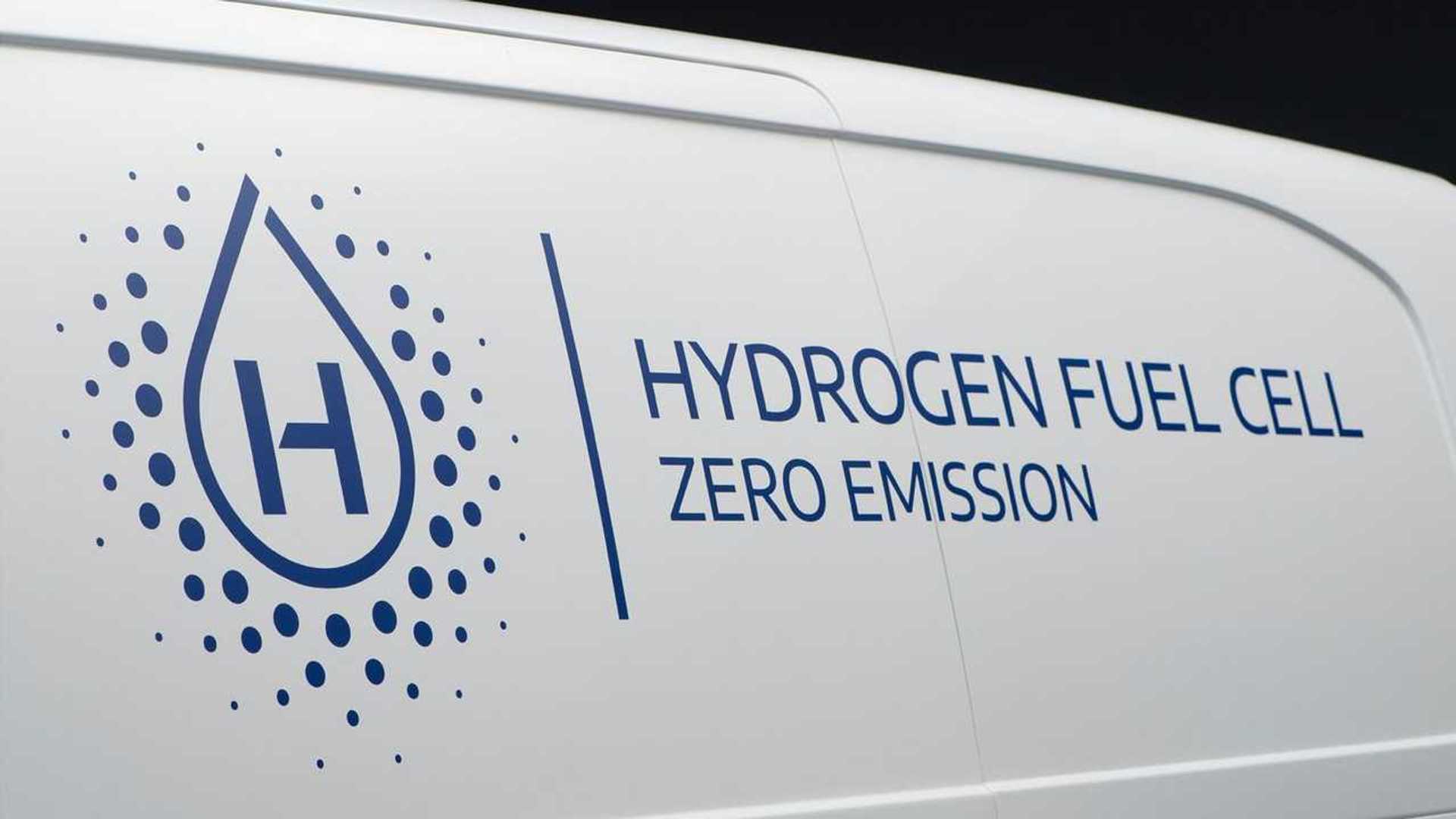The Environmental Impact of Hydrogen Fuel-Cell Vehicles
The environmental benefits of electric vehicles (EVs) have been well-documented, with numerous studies showing that they produce fewer carbon dioxide emissions over their lifetimes compared to traditional combustion vehicles. However, the story is different when it comes to hydrogen fuel-cell electric vehicles (FCEVs). A recent analysis by the International Council on Clean Transportation (ICCT) highlights how these vehicles, despite being a form of electric transportation, may not offer the same level of environmental benefit as battery-electric vehicles (BEVs).
How FCEVs Compare to Traditional Vehicles
According to the ICCT’s research, a hydrogen fuel-cell vehicle sold in 2025 is expected to emit 175 grams of CO2 per kilometer traveled. This is a 26% reduction compared to gas or diesel cars but still significantly higher than the 63 grams of CO2 per km emitted by battery-powered EVs. The study also found that FCEVs have emissions comparable to hybrid and plug-in hybrid vehicles.
This discrepancy arises from the way hydrogen is produced. Most of the hydrogen currently used in Europe is generated through steam reforming, a process that involves natural gas and releases carbon dioxide as a byproduct. While there is potential for “green hydrogen,” which is produced using renewable energy, this type of hydrogen is not yet available at scale.
The Role of Hydrogen Production
Manufacturing the hydrogen tank contributes to the lifetime emissions of an FCEV, but not as much as the production of a BEV’s battery. The real issue lies in the production process itself. Green hydrogen, which could drastically reduce emissions, accounts for less than 0.4% of global hydrogen production. In the U.S., the figure is even lower, with 95% of hydrogen coming from natural gas reforming.
If green hydrogen were widely available, FCEVs could emit as little as 50 grams of CO2 per kilometer—less than some BEVs. However, the current lack of infrastructure and limited production of clean hydrogen poses significant challenges.
The Broader Implications for Electric Vehicles
It’s important to note that the environmental impact of EVs also depends on the energy sources used to generate electricity. In the European Union, where a large portion of electricity comes from nuclear, solar, wind, and hydropower, EVs are already cleaner than combustion vehicles. In regions with a higher reliance on fossil fuels, such as parts of Texas, the emissions savings are less pronounced.
A study by the Union of Concerned Scientists illustrates this point by comparing EV emissions to those of combustion vehicles. In upstate New York, where most power comes from nuclear and hydropower, driving an average EV produces emissions comparable to a 354 mpg combustion vehicle. In contrast, in areas with a higher share of coal and natural gas, the equivalent would be an 83 mpg vehicle.
Challenges and Future Prospects
Despite the environmental drawbacks, hydrogen fuel-cell technology still holds promise. One key advantage is faster refueling times, which could make it particularly suitable for long-haul trucking and other applications where quick turnaround is essential. However, the adoption of FCEVs has been hindered by a lack of refueling infrastructure and sluggish sales.
In the U.S., only a handful of hydrogen refueling stations exist, mostly in California. Despite these challenges, several automakers, including Honda, Hyundai, BMW, and Toyota, continue to invest in hydrogen fuel-cell technology, believing it has a future in the market.
Conclusion
While hydrogen fuel-cell vehicles have the potential to contribute to a cleaner transportation sector, their current environmental benefits are limited by the way hydrogen is produced. As the world transitions to more sustainable energy sources, the role of FCEVs will depend on the availability of green hydrogen and the development of supporting infrastructure. For now, battery-electric vehicles remain the most effective solution for reducing transportation-related emissions.







